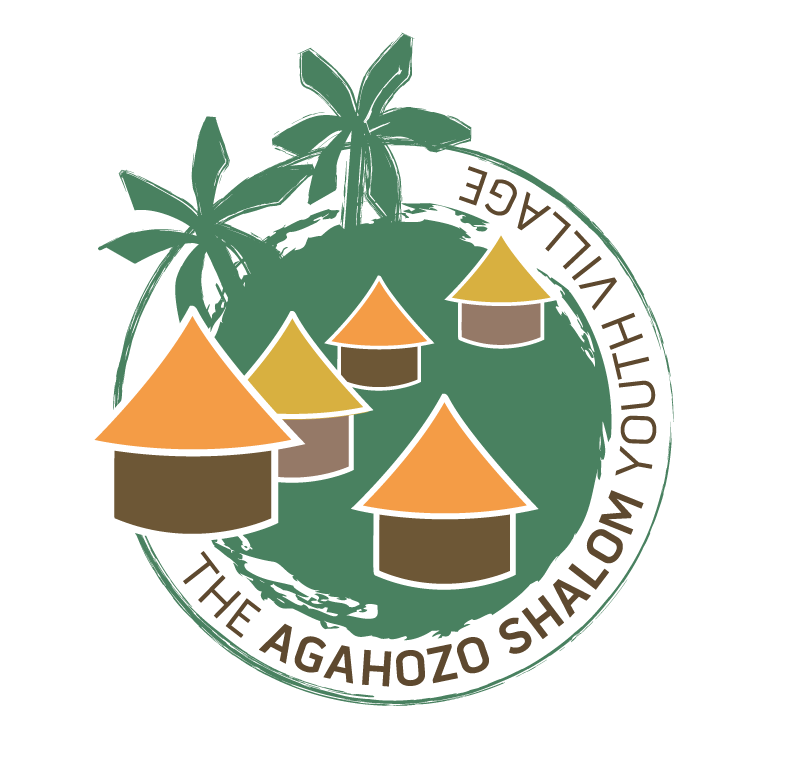STUDENTS FROM ‘PLACE WHERE TEARS ARE DRIED’ SHARE THEIR STORIES
By Kathie Ragsdale
Woburn, MA —
They are young orphans, survivors of one of the most notorious genocides in history and residents of a village where teens use bikes rather than cars to get around and a typical meal is rice with stewed vegetables. But when three Rwandan teens visited a Woburn Memorial High School advanced history class last week, their American counterparts found they had something to admire and even envy about the lives of their guests.
The three live at Agahozo-Shalom Youth Village in eastern Rwanda, a school founded by a woman named Anne Heyman who refused to accept that nothing could be done about “the orphan problem” that followed the 1994 genocide in which nearly a million Rwandans died.
Heyman later befriended philanthropists Joyce and Bill Cummings, founder of the Woburn-based Cummings Properties real estate firm, and the couple invited Heyman to bring some of her students to Woburn High during a fundraising visit to the United States.
Bill Cummings introduced the three to History Department chairman Brendan Doherty’s class and distributed photos of the four-day trip he and his wife took to the school.
Then it was the Rwandan students’ turn.
“Most of the kids there [Agahozo-Shalom], we lost our parents during the genocide,” explained Liliane Umuhoza, a 12th-grade student interested in history. “I was 2 years old. Always our generation is affected by what happened… We want to make a change in our country because we’ve been affected by our past.”
She explained that each of the 500 students at the village has a “mother” who cares for 16 young people, adding, “We live as a family even though we come from different places.”
Claude Irankunda, 17, a prospective IT engineer, drew appreciative smiles from the American students when he said that cell phone use is prohibited in the classroom at Agahozo-Shalom.
But where a Woburn High student might have his cell phone confiscated for a day after not heeding a warning about using it in class, those at Agahozo-Shalom face a different kind of response. Student peers sit down with the offender and explain what educational opportunities have been missed during the time the student has been talking on the phone.
“Each evening we have family time,” Claude continued. “We talk about how was the day. We didn’t know how sweet it is to speak as a family.”
Pascasie Nyirantwari, a senior, lost her father and three siblings in the genocide and later lost her mother to illness. She and a brother and sister lived in a child-headed household before she came to the village. “We were like homeless people,” she said. “We got to Agahozo-Shalom and people who could help us.”
The three performed a Rwandan song and dance before leaving for a luncheon at the Beacon Grille – as well as leaving some lasting impressions with their hosts.
Several students said they envied the Rwandans’ “family time” and disciplined lifestyle.
“I thought it was so cool how they all want to change their country when so many people here don’t care,” said Rafaela Lima, 16, a sophomore. “They care about the country as a whole instead of just individuals,” added Sarah Norton, 16, a fellow sophomore. Caitlin O’Donnell, 15, said she was touched by the closeness of the group “and how they live together the whole time, even if they come from different communities.” Robyn Collins, 15, was impressed by their ability to speak English. “I took Spanish since kindergarten and I can barely speak it,” she said with a laugh.
At the Beacon Grille, students answered questions from adult supporters of the school and heard Heyman explain how she seeks to bring the most vulnerable of Rwanda’s teens to the village.
Heyman also explained the derivation of the village’s name. “Shalom,” or “peace,” comes from schools in Israel, where she drew some of her inspiration for the village. “Agahozo” has a more poignant significance. It is a native word that means “place where tears are dried.”
